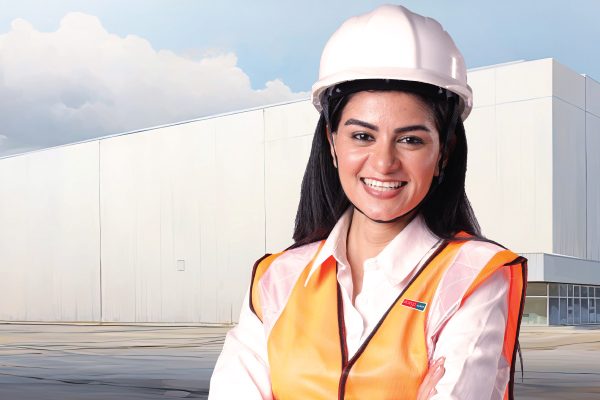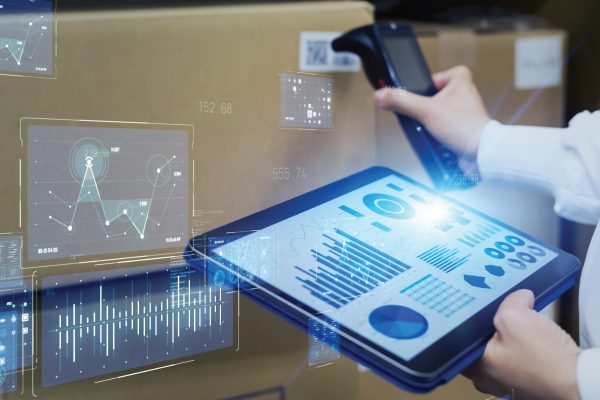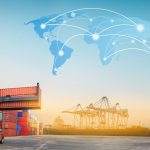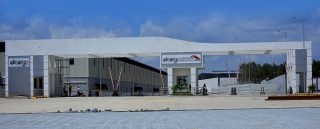The past few years have seen global supply chains being transformed by digital technology. Artificial Intelligence, machine learning, automation, API, data analytics among others are changing the way logistics is done. The next big technology that will take the supply chain universe by storm is control towers.
Data being the new gold, a supply chain control tower helps mine the data from the multiple stages of the supply chain to deliver smarter and more efficient outcomes. The control tower does not only afford end-to-end visibility, but also provides real-time updates on supply chain activity. Moreover, it makes use of predictive analytics to identify potential supply chain disruptions, and it allows for synchronization and alignment among organizations comprising supply chains. Significantly, it empowers one with centralized and real time decision-making that focuses on fulfilling the needs of end-user customers and consumers.
Control tower – the pre-requisites
For a control tower to be truly useful, it should be able to capture relevant data in real time such as the delivery time, inventory availability, and transportation costs, thereby enabling selection of the best, most cost-effective order flow. It should also be able to keep track of supply chain milestones and send alerts in case of issues, enabling better exception management. The control tower should also provide granular visibility of each and every order to identify which stage requires attention.
Tangible benefits
Once implemented, a control tower has various benefits to offer for all stakeholders, driving greater efficiencies across various stages of the supply chain:
- Enhanced visibility of the end-to-end supply chain to all suppliers, subcontractors, transportation carriers, third-party logistics providers, and consumers
- Real-time data gathering and information sharing
- Real-time alerts for all supply chain disruptions and exception management to minimize risks and costs enabling quick resolution
- Encourage collaboration throughout the supply chain
- Respond to and resolve supply chain disruptions in real time
- Use predictive data and advanced analytics for more accurate forecasting and decision-making
- Track fuel consumption, vehicle speed, location, and delivery-time estimates resulting in lower transportation cost and optimized performance.
- Automated decision-making supported by machine learning to allow the supply chain to self-correct as needed
Efficiency – a strong case for control towers
In the absence of a supply chain control tower, there is greater reliance on manual aggregation of data to make decisions, which is not only time consuming, but also leaves room for human error. The complexity of the supply chain only exacerbates this situation. Moreover, no human mind as yet can match the capabilities of AI to analyse big data, make connections and expand it through predictive analytics and real time data processing. Ultimately, this data leads to better decision-making, enabling optimization of operations, and finally to a larger bottomline.
And of course the more efficient your supply chain, the more satisfied are your customers – a key defining factor in the success of your business.
Conclusion
Until recently, the technologies needed for the implementation of a supply chain control tower were wanting. But now with the latest developments in technology it won’t be soon before supply chain control towers will be a common place feature in logistics companies.
V.Raju is a logistics and supply chain veteran who is currently the Senior Vice President – CL – Chemical, Pharma & Food Sector, at Allcargo’s contract logistics division.














